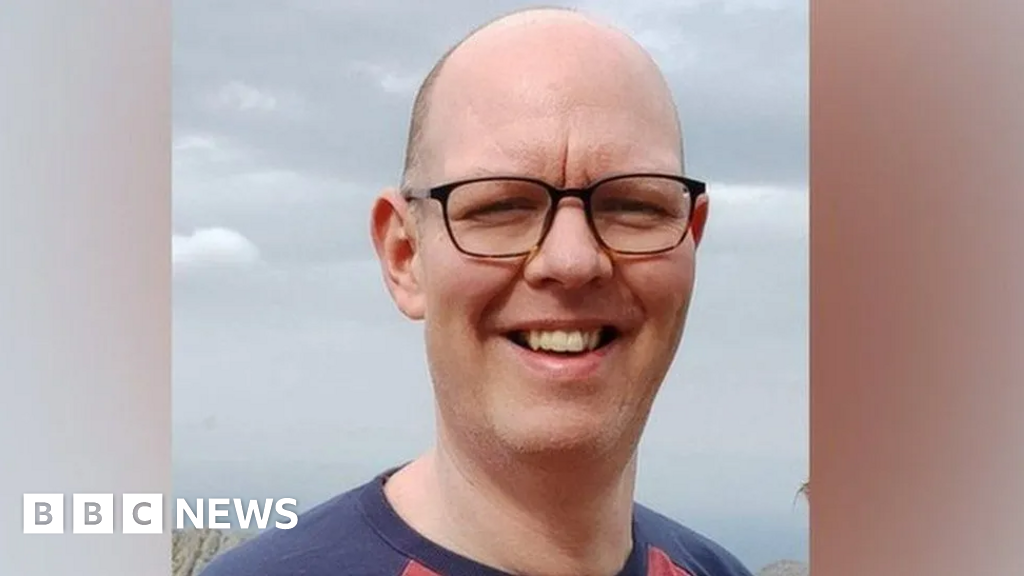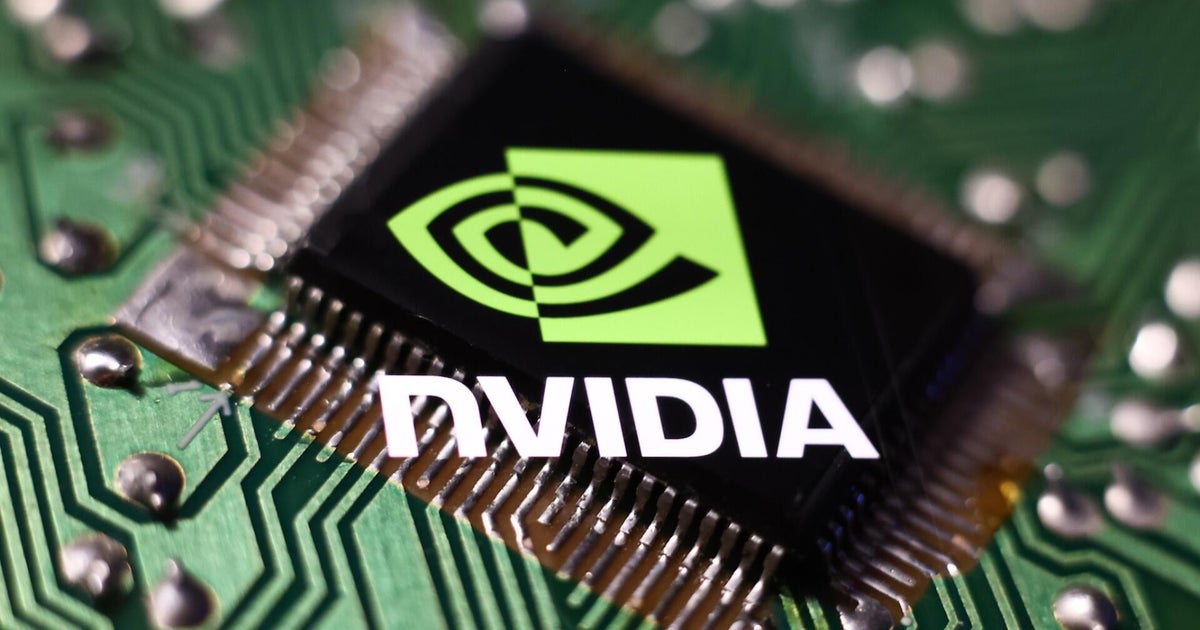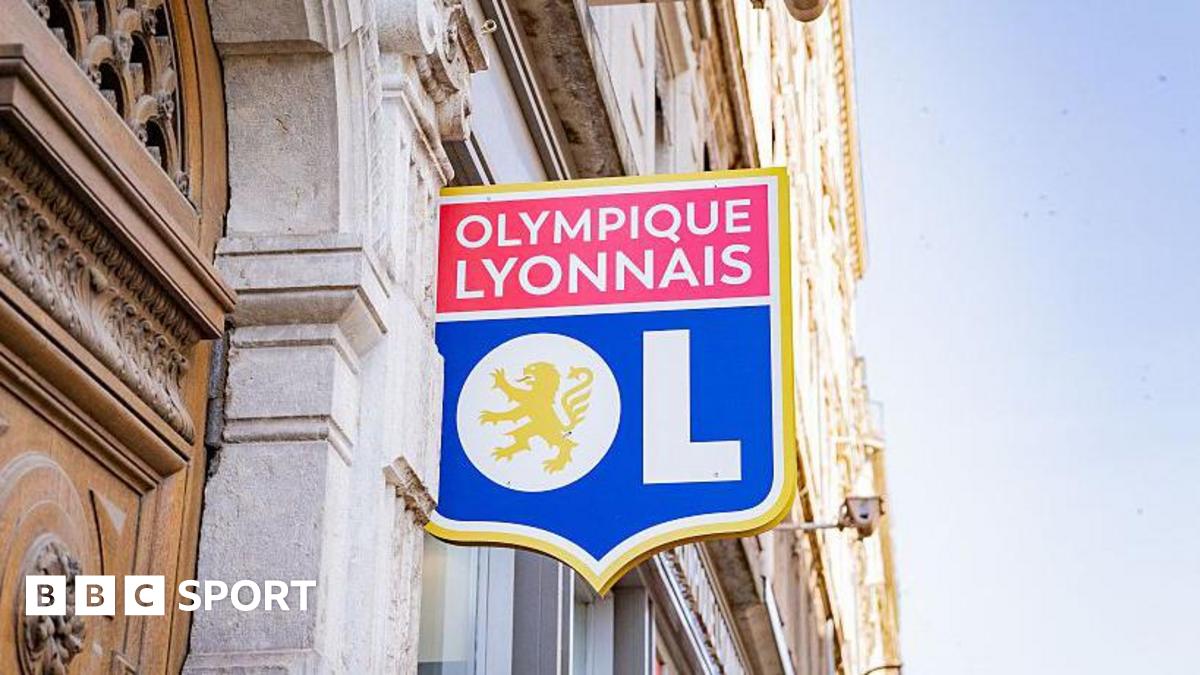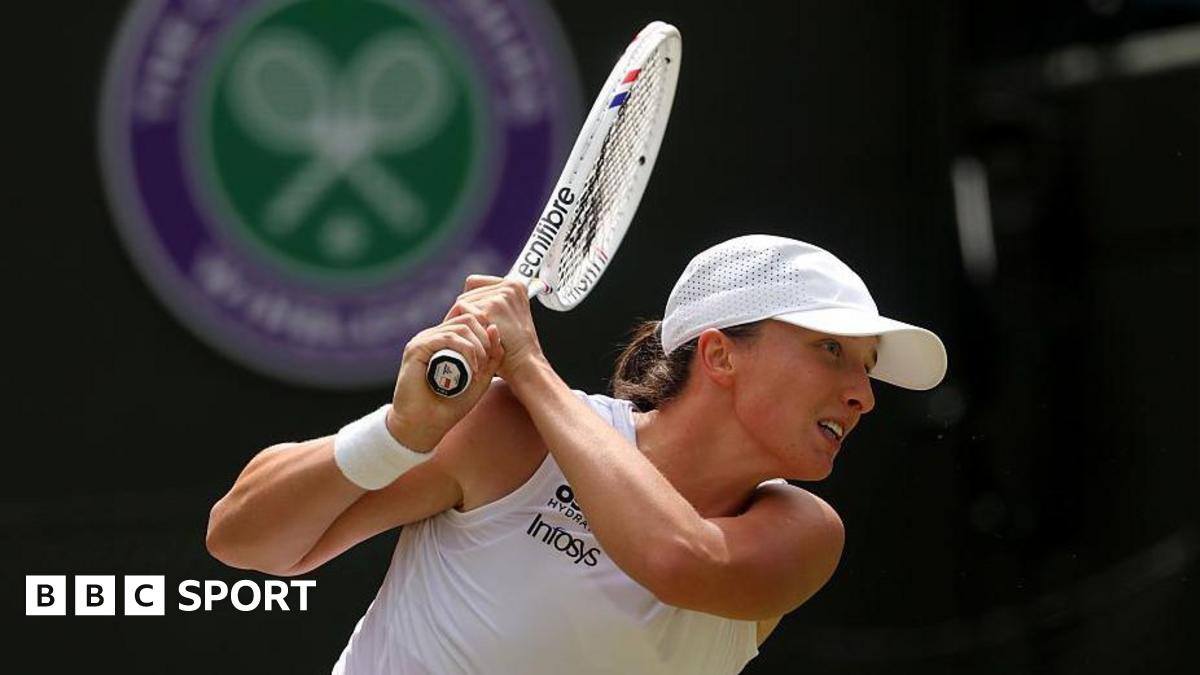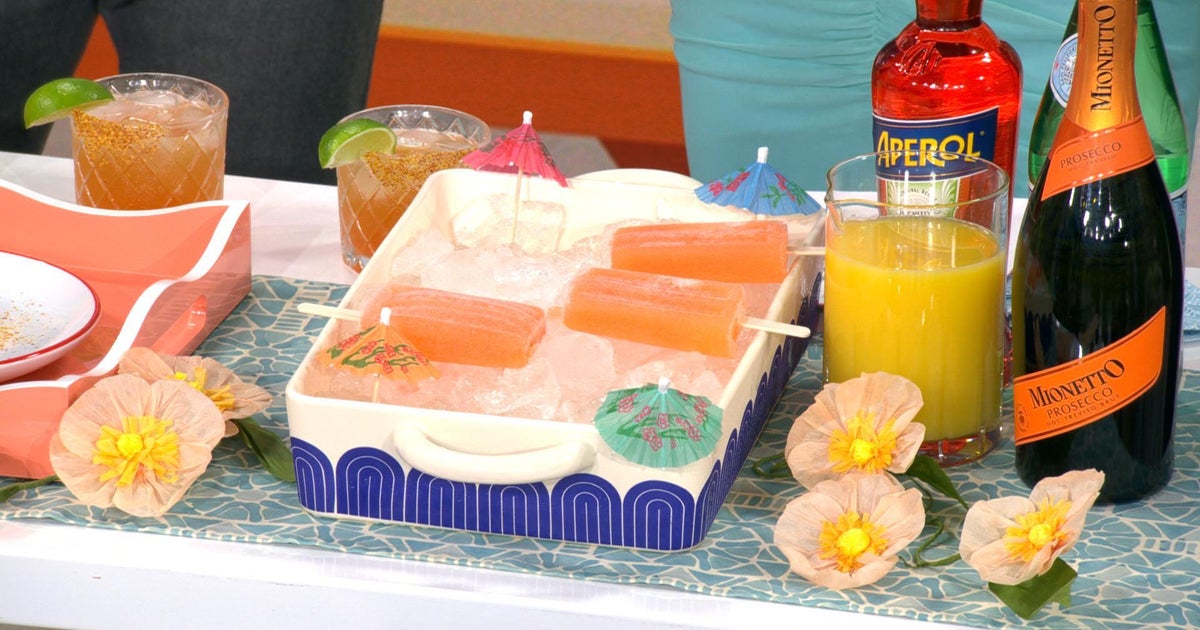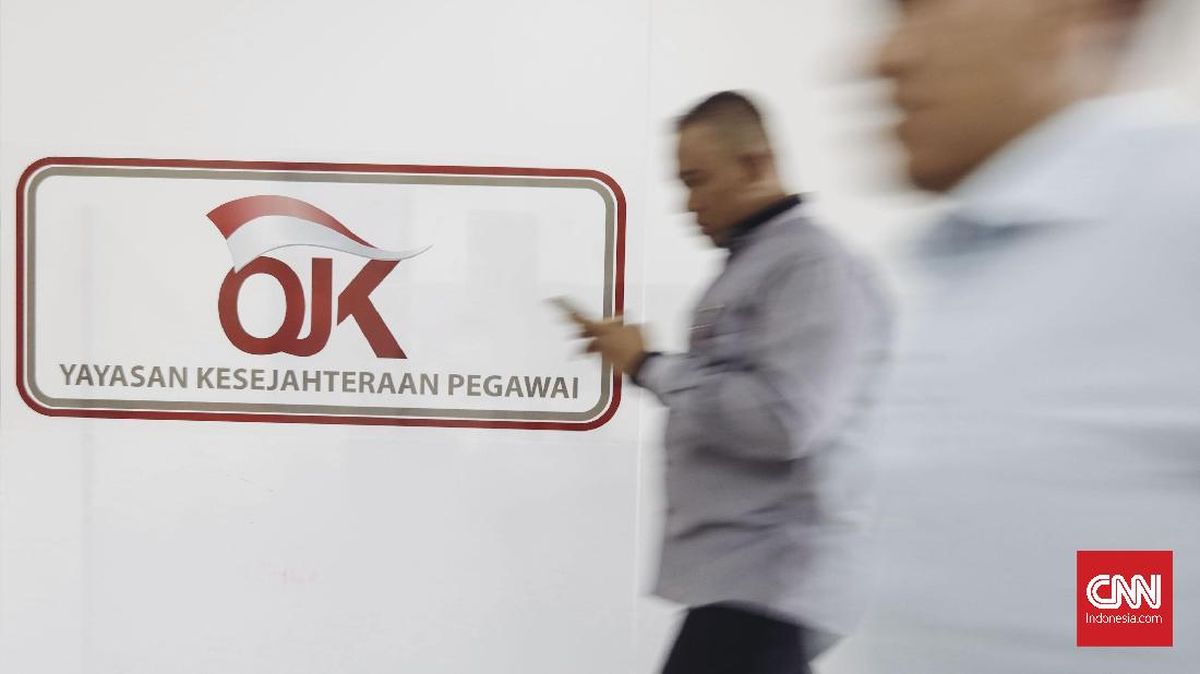Michael thought he was just getting old. A world-first device changed his life
An Australian man has become the first in the world to be implanted with a next-generation device that mimics the heart’s pulse, in what doctors have described as a quantum leap for technology that has saved thousands of lives from heart failure.
The globally renowned cardiac surgical team at Sydney’s St Vincent’s Hospital were chosen by French firm CorWave to perform the first in-human implant of their new left ventricular assist device (LVAD), which uses a wave-generating membrane – rather than a rotating pump – to push blood around the body.

Michael Smith (centre) with surgeon Dr Paul Jansz and senior cardiologist Professor Chris Hayward at St Vincent’s Hospital in Darlinghurst. Credit: Nick Moir
The team, led by cardiothoracic surgeon Dr Paul Jansz, successfully performed the surgery in May on Michael Smith, a grandfather and former meatworker from Leeton in the NSW Riverina.
On Tuesday, Smith left hospital for the first time in three months, saying he felt better than he had in more than a decade.
“You’ve got to have one inside you to realise how good they are,” he said. “I feel like I’m 21 again.”
The 67-year-old was working at a meat processing plant south of Leeton until three months ago, when his doctor sent him to a cardiologist in nearby Griffith.
“I started feeling like I had no energy, but I just put it down to old age. It wasn’t – it was heart failure,” he said.
“He [the cardiologist] put me in hospital straight away … he knew how bad it was.”
Smith was soon airlifted from the local hospital to St Vincent’s, where he remained until the procedure on May 20.
Jansz said the two-hour surgery was similar to that required for implant devices currently on the market, but its unique design had the potential to deliver enormous benefits for patients.
Loading
“This represents a quantum leap in terms of technology,” he said. “Very sick patients need a lot of blood flowing around their body … this new [implant] has the ability to pump, not only in a pulsatile manner, but in a greater volume.”
The device, which effectively bypasses the failing pump action of the left ventricle, is implanted to act as a bridge to transplantation: keeping the patient alive and well until a donor heart becomes available.
Smith is currently living in an apartment close to the hospital. He will return to Leeton in a few weeks, where he is looking forward to catching up with his sons and grandchildren – and getting back on the golf course.
“This transition period with the CorWave allows Michael to get better,” Jansz said. “His kidneys are working normally, his brain and his heart’s working well, he’s nourished and he’s essentially normal. That’s a much better situation to go into a transplant with.”
Smith was the first of about 20 patients expected to receive the implant as part of a three-year clinical trial testing the device’s efficacy. One other patient has since received the implant at St Vincent’s.
Mimicking the behaviour of a normally functioning heart, the CorWave’s oscillating membrane is driven by a single moving part that automatically adjusts blood flow based on what the patient needs – speeding up when the patient is moving and slowing down at times of rest.
This represents a major shift from traditional LVADs, which use a rotating impeller to pump a continuous and fixed flow of blood, without generating a pulse.
“The benefit is that it will be able to respond to exercise more efficiently, and it can be put in sync with the heartbeat … the hope is that will translate to better outcomes for patients,” said Professor Chris Hayward, the senior cardiologist at St Vincent’s who led Smith’s recovery.
Around 144,000 people in Australia live with heart failure, the Australian Institute of Health and Welfare estimates. It was the underlying cause of more than 5000 deaths and contributes to more than 170,000 hospitalisations each year.
St Vincent’s implants about 60 LVADs a year, Hayward said.
The procedure is the latest milestone for the globally renowned team at St Vincent’s, who in November implanted the world’s first totally artificial heart.
The research trial has not received Australian government funding, but the device has attracted significant backing from governments and private investors in Europe.
Inspired by the movement of marine animals, the undulating membrane technology was conceived by former triple jumper Jean-Baptiste Drevet, who died in 2022.
CorWave chief executive Louis de Lillers said the device was the result of more than a decade of research and development by Paris-based engineers and doctors.
“We owe this moment to the trust of the patient, the excellence of the team at St Vincent’s, and the perseverance of our team,” he said.
Start the day with a summary of the day’s most important and interesting stories, analysis and insights. Sign up for our Morning Edition newsletter.
Most Viewed in National
Loading

